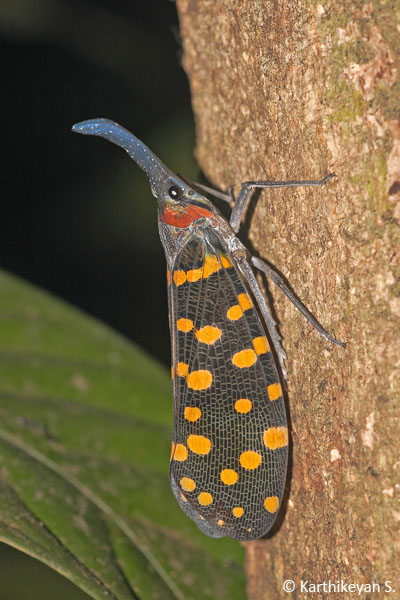
Such products - usually sprayed around the base of a tree - can last for months and kill thousands of nuisance insects, he added. Neonicotinoids, or “systemic” insecticides, are currently the most effective tool to kill the spotted lanternfly, said Kunkel. There’s no easy “pest management” solution… yet. But the most effective solution (so far) requires systemic insecticides.Ģ. He also dissuades spraying any dish soap mixture on trees, as they can burn the leaves.Īs an alternative, Kunkel suggests spraying Neem oil, which can help.

If using banding tape around trees, then Kunkel recommends using narrower bands or bands with a wire mesh over them to reduce the likelihood of “collateral capture” of other small mammals and birds. With eyes on the sides of their heads, they are quick to evade a fatal stomp. In mid-summer, they turn red (still with white polka dots), and by August, most have morphed into their winged adult stage.īut “they’re fast little suckers,” as Kunkel puts it. Their coating is black, with white polka dots, and as they grow, they split along their back and crawl out into a new life stage. With eggs laid from September to mid-November, the insects hatch in early spring. Instead, it is known as a “hopper” and grows its wings only in the adult stage.

Often mistaken for ticks (as babies) or moths (as adults), the spotted lanternfly is neither. They can be hard to spot - and harder to kill. Now, as late summer approaches and as the insects mature and multiply, the University of Delaware's resident spotted lanternfly expert Brian Kunkel, extension specialist II in Cooperative Extension, offers five important things to know about these pests:ġ.

It seems one of the few remaining facts on which we can all agree: These bugs are bad - bad for our backyards, our native ecosystem and our economy.Īn invasive pest with a healthy appetite for plants like grapevines, hops and other fruit crops and trees, the spotted lanternfly feeds on a wide range of fruit, ornamental and woody trees, piercing the plant stems and tree bark, thus depleting the plant’s energy reserves and costing hundreds of millions of dollars annually in lost agriculture.


 0 kommentar(er)
0 kommentar(er)
